
Agroforestry could play an important role in mitigating climate change because it sequesters more atmospheric carbon in plant parts and soil than conventional farming, according to Penn State researchers.
An agricultural system that combines trees with crops and livestock on the same plot of land, agroforestry is especially popular in developing countries because it allows small shareholder farmers — who have little land available to them — to maximize their resources. They can plant vegetable and grain crops around trees that produce fruit, nuts and wood for cooking fires, and the trees provide shade for animals that provide milk and meat.
The researchers analyzed data from 53 published studies around the world that tracked changes in soil organic carbon after land conversion from forest to crop cultivation and pasture-grassland to agroforestry. While forests sequester about 25 percent more carbon than any other land use, agroforestry, on average, stores markedly more carbon than agriculture.
The transition from agriculture to agroforestry significantly increased soil organic carbon an average of 34 percent, according to Michael Jacobson, professor of forest resources, whose research group in the College of Agricultural Studies conducted the study. The conversion from pasture/grassland to agroforestry produced soil organic carbon increases of about 10 percent, on average.
“We showed that agroforestry systems play an effective role in global carbon sequestration, involved in carbon capture and the long-term storage of atmospheric carbon dioxide,” he said. “The process is critical to mitigating or deferring global warming.”
However, carbon was not stored equally in different soil levels, noted lead researcher Andrea De Stefano, a graduate student at Penn State when the study was done, now at Louisiana State University. He pointed out that the study, which was published in December in Agroforestry Systems, provides an empirical foundation to support expanding agroforestry systems as a strategy to reduce atmospheric carbon dioxide concentration and mitigate climate change.
Click here for the full story.
Originally published on the Eureka Alert website.
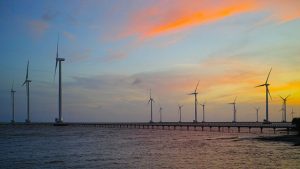


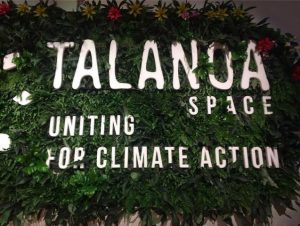

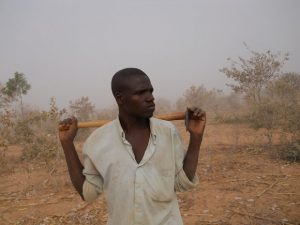
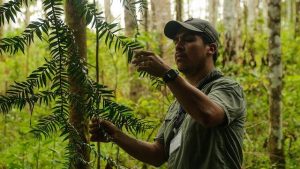 Trees are obviously good for the planet. What’s not so clear to most people—governments, NGOs, investors, the public—are their socioeconomic benefits. Trees are essential for the economy, our health and our wellbeing.
Trees are obviously good for the planet. What’s not so clear to most people—governments, NGOs, investors, the public—are their socioeconomic benefits. Trees are essential for the economy, our health and our wellbeing.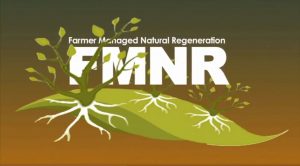 This is the systematic regeneration of trees from living stumps, roots and seeds. over 5.5 million hectares in Niger, Senegal and Mali have been regenerated this way.
This is the systematic regeneration of trees from living stumps, roots and seeds. over 5.5 million hectares in Niger, Senegal and Mali have been regenerated this way.